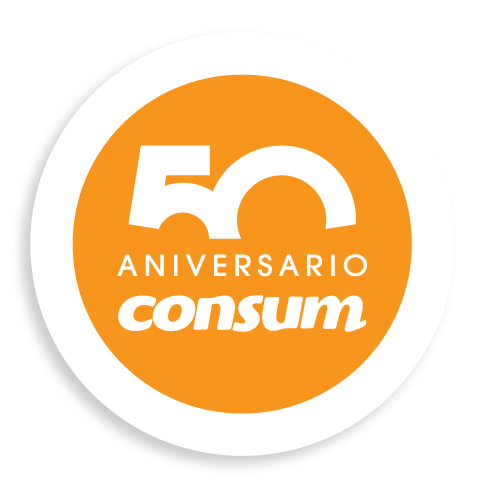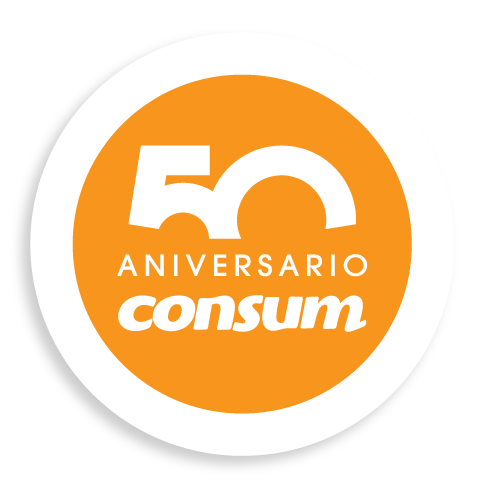Types of soft drinks
There are different types of soft drinks. Each flavour and ingredient making them unique for any occasion. Find your ideal soft drink for this summer!

If we look back in history, we must look further back to the end of the 18th century to find the first soft drinks in the back shops of chemist’s as, in most cases, these types of soft drinks were used to treat small ailments at the time.
The earliest known soft drinks were made from natural water or natural fizzy water, which were combined with fruits and sweeteners, like honey or other sugary juices.
The first modern soft drink we know of is ‘’soda’’; the name by which the beverage made from water, sodium bicarbonate and carbon dioxide was called.
Currently, around 40 litres per person per year are consumed in Spain, with Coca-Cola being the first choice. However, according to the Spanish Soft Drinks Association (ANFABRA), most categories have evolved positively in 2021. Lemon soft drinks, with an increase of 18 %, along with energy drinks (+22 %), sports drinks (+9 %) orange drinks (+8.7 %) and tea drinks (+5.6 %) are the ones that have risen the most.
Categories of Soft Drinks

Soft drinks are drinks largely made up of water. Other ingredients are then added to this basic component such as sugar, juice, carbon dioxide, caffeine, aromas, mineral salts, vitamins etc. According to their typology we can put them into the following categories:
- Regular soft drinks: they are the most common fizzy drinks and can come in many different flavours.
- Soft drinks low in calories: in this category we differentiate between those that contain artificial sweeteners on the one hand, making them lower in calories- the so-called ‘’light’’ drinks and, on the other hand, those that don’t contain any sugar or artificial sweeteners, making them calorie-free or with only one calorie, without changing the original taste very much. These are known as ‘’zero’’ drinks.
- Flavoured soft drinks: they are the drinks with a specific taste such as lemon or orange. Most of the base drink remains the same, it just has a small amount of artificial sweetener added to it. It can be fizzy or still.
- Soft drinks with no caffeine: they are a type of soft drink that doesn’t have caffeine added to it to avoid its effects which stimulate the nervous system.
- Energy drinks: this type of drink, except the so-called ‘’light’’ versions, contains about 11 % sugar. They usually also contain caffeine, taurine and guarana; all three of which have stimulating effects.
- Isotonic drinks: the law puts them in the same category as drinks like Coca-Cola as being ‘’flavoured soft drinks with other ingredients added’’. They contain mineral salts and they are still. They also tend to contain sugar, although in the last few years many ‘’zero’’ versions have been appearing so as not to consume any calories. They are suitable for recovery after physical exertion.
What do you think about?
Share comments, opinions and tricks with the Community







